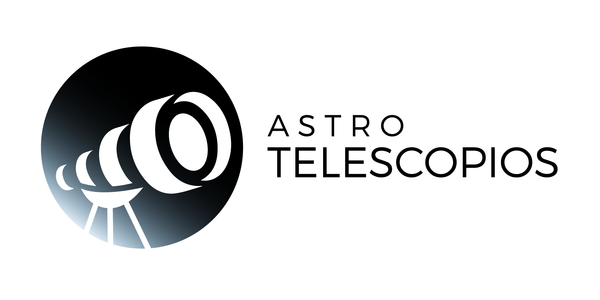
Urban astronomy: how to see the stars in the city
What makes urban astronomy difficult?
Why is urban astronomy different from astronomy elsewhere? The answer comes down to one simple factor: light pollution.
Light pollution is a consequence of artificial lighting. It illuminates the sky at night and eliminates natural lights such as the moon, planets and stars. Light pollution is most concentrated in cities, where lights from streetlights, cars and buildings illuminate large areas and cast an unmistakable glow into the sky.
To effectively see the stars in a city, you must combat light pollution. The rest of this article will explore ways to do just that.
How can I combat light pollution?
Turn off interior and exterior lights.
The obvious solution to reducing light pollution is to turn off the lights. But unfortunately, you don't have control over the entire city's power grid (we assume). What you do have control over is your immediate area, that is, your home. When you want to stargaze, turn off all the lights inside and outside your house. Even if you have a small window with the faintest glow of light escaping, turn it off. The darker your surroundings, the more you will be able to see, as you will give your eyes a chance to adapt to the darkness.
If you have good relations with your neighbors, you could even ask them to turn off the lights at night. You could even host a neighborhood stargazing party and see how dark you can make your little corner of the world!
Go up to the community roof, attic or top floor of the building
Height is another solution. The goal is to be effectively above the brightness of light pollution, not to mention that the higher up you are, the less atmospheric distortion you'll have to deal with. Safety always comes first, but if you can safely and carefully get to the roof of your home, you will not only have a wider view of the sky with fewer houses blocking you, but you will also be away from ground-level light pollution. floor. If you can't reach the roof, perhaps there is a hill or higher area on your property or neighborhood. If you have a treehouse, that could be another unique and fun option for gaining height.
Look away from the city center
What is the main source of light pollution in your area? Most likely it will be the center of the city, where there are more lights and buildings in a concentrated area. When stargazing, turn your back to the area where light pollution is heaviest and you'll automatically have a better view. Cities are generally designed so that buildings move further away from each other as you move from the center, so if you're looking away from the city, you're probably looking toward a more sparsely populated area with less light. Less light means a better view of the sky.
Use an app to guide you
Okay, let's say you've turned off all the lights, you're on a rooftop, and you're not looking toward the city center. And now that? Well, you should be able to see some stars! Of course, there won't be as many visible as if you were in an area with a much darker sky, but there are certainly more than there were before taking the steps above.
It's wonderful to finally be able to see stars, but you know what's even better? Know what you are looking at. Each point of light is its own little world out there in the cosmos, and it's an incredible feeling to know that you, with your human eyes, can see it. The best way to guide yourself through the night sky is to use a stargazing app (with night mode or a blue light filter on, of course). Whether you use iOS or Android, there are several apps available for free that will give you a good introduction to astronomy that you can expand on at your leisure.
